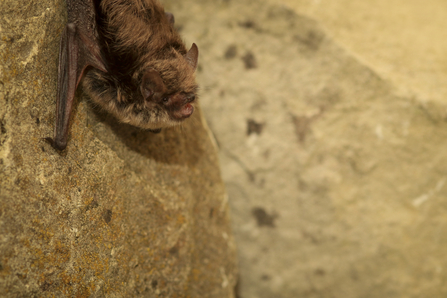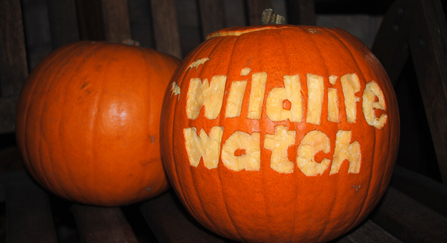Halloween always brings certain species to the fore. Bats and spiders are often portrayed as bad guys, playing on people’s phobias and fear of the dark and all things ‘spooky’. The reality is that both bats and spiders are incredible creatures – so it’s time to shake off the bad press and bust some myths!
Bats are brilliant! For starters, they are the UK’s only flying mammal and we have 16 of the 17 UK species breeding here in Dorset. They aren’t blessed with the best night vision, so they need to navigate in the dark using echolocation. Basically, bats ‘shout’ at frequencies beyond our hearing capabilities, and wait for the sound waves to bounce back. The echoes help them ‘paint’ a picture of their surroundings and prevent them crashing into objects. It’s hard to imagine how bats perceive the world, but it’s a myth that they will fly into you and get tangled in your hair at least.









